 Fitzwilliam Darcy seems to be the universal favorite romantic hero of Jane Austen’s novels. However, is this really accurate? Other male characters have their devotees and are worthy of our respect, if not our admiration. However, I submit that for sheer, unadulterated romance and derring-do, Colonel Brandon is the man for my money. The heart of a veritable knight of chivalry beat in his chest, willing to undertake any task solely to serve his lady, exhibiting the at least four of the five virtues of a true knight: friendship, generosity, chastity, courtesy, and piety.
Fitzwilliam Darcy seems to be the universal favorite romantic hero of Jane Austen’s novels. However, is this really accurate? Other male characters have their devotees and are worthy of our respect, if not our admiration. However, I submit that for sheer, unadulterated romance and derring-do, Colonel Brandon is the man for my money. The heart of a veritable knight of chivalry beat in his chest, willing to undertake any task solely to serve his lady, exhibiting the at least four of the five virtues of a true knight: friendship, generosity, chastity, courtesy, and piety.
Merriam-Webster On-Line’s definition of “romantic” includes: having an inclination for romance: responsive to the appeal of what is idealized, heroic, or adventurous. The Oxford English Dictionary On-line includes “an idealized view of reality” in its definition. The Oxford English Dictionary On-line also provides a definition of a cavalier as “a courtly gentleman, especially one acting as a lady’s escort.”In “Introduction to Romanticism” on-line, the Romantic Movement in English literature began in the later part of the eighteenth century (when Austen began writing ELINOR AND MARIANNE), and was characterized by an appreciation for nature, an emphasis on emotion and feeling, and an appeal to the imagination. A fondness for medievalism and the Gothic occurred during this period. SENSE AND SENSIBILITY, which evolved from ELINOR AND MARIANNE, is full of allusions to the classic romantic themes, and is a reaction to them, showing the need for a balance of common sense with the romantic sensibility. Marianne exhibits the extreme of romantic emotionalism, and embodies the “sensibility” of the title, with her passions for poetry, music, walking and nature, combined with her willingness to give way to her emotions with the slightest encouragement. Her concentrated focus on the romantic to the exclusion of everything else is illustrated by the situation where Edward’s failure to respond to the view at Barton makes her wonder if Edward can possibly be romantic enough, even for Elinor (Austen, S & S, I, xvi, p. 88.), and her headlong plunge into despair upon receiving Willoughby’s letter in London (Austen, S & S, II, vii, 183-185) among many, many others.
Sir Walter Scott was a popular romantic author, contemporary to Jane Austen and one whose works she is known to have enjoyed. In SENSE AND SENSIBILITY, Scott is one of Marianne’s favorite authors. Scott’s poem, MARMION: A TALE OF FLODDEN FIELD, was published in 1808, and was very popular in England at approximately the time Jane Austen was rewriting ELINOR AND MARIANNE, which was renamed SENSE AND SENSIBILITY and published in 1811. We know Austen read MARMION, as well as other works by Scott (Dow and Halsey). In addition to Scott, Austen was also fond of the poet Cowper (Dow & Halsey), another of Marianne’s favorites. Edward’s inadequate reading of the poet Cowper caused Marianne to question whether Edward could possibly be worthy of Elinor (Austen, S & S, I, iii, 17).
In Canto V of MARMION, we find Lady Heron’s Song, which is the story young Lochinvar and the fair Ellen. MARMION is set in sixteenth-century Scotland and England, and is full of knights in armor, their ladies and wild, natural scenery; the story-within-the-story revolves around a young knight, Lochinvar, who rescues his love from a forced marriage via an elopement. Lochinvar had asked her father for Ellen’s hand in marriage, but had been denied. He arrived too late to prevent the marriage; he carried her off from the wedding festivities on horseback and they were never seen again. To my mind, this is exactly the kind of romantic, unconventional behavior that would most appeal to Marianne. An example of Marianne’s delight in the unconventional is the circumstance where Willoughby took Marianne in his curricle to view Allenham. She spent an entire morning with him, going over the house and garden, knowing that it was not his and having no acquaintance with Mrs. Smith (the owner). This behavior gave rise to comment and jokes on the part of Sir John Middleton and Mrs. Jennings. In fact, Elinor was shocked, and tried unsuccessfully to get Marianne to see the impropriety of her behavior in this matter (S & S, I, xiii, 67-68). While admittedly a much milder impropriety than an elopement, this shows Marianne’s willingness to flout convention. (“…she was everything but prudent. S & S, I, 1, 6) Austen’s ironic humor allowed Marianne’s passion for poetry and romance and her unwillingness to control her emotions to focus on Willoughby, who appeared a romantic hero but was not; Marianne didn’t notice that Colonel Brandon, who in fact had attempted to elope with Eliza, mourned his lost love and cherished his memory of her in the true romantic style of the poetry Marianne admired, and yet conducted himself as a gentleman of sense and propriety.
Col. Brandon was a man of honor and impeccable reputation, widely respected and esteemed. As a young man, he became a soldier to spare the older Eliza’s feelings after she was married to his brother against her will (S & S II, ix, 206), and he served King and country in the East Indies. He was regarded with respect by all who knew him, in spite of Mrs. Jennings’ whispers about his relationship to the young Eliza.
He exhibited true courtesy-he treated all kindly, and with respect. (“…on every occasion mindful of the feelings of others….” S&S I, xii, 62) He worshipped Marianne from afar, and did not intrude his feelings upon her when he saw that she was in love with Willoughby. He constantly showed concern for the comfort of others. His “delicate, unobtrusive inquiries” (S&S, II, x, 216) to Elinor about Marianne showed his concern and his efforts to avoid giving distress.
Col. Brandon was a classic upholder of chastity: he fought a duel with Willoughby over Eliza’s honor, and took care of her and her child (he placed them in the country) (S&S II, ix, 211).
Brandon exuded friendship and generosity. The colonel took care of Eliza’s mother ( of whom Marianne reminded him), allowing her to die in comfort and with care, showing true kindness to a “fallen woman” to whom he owed no obligation. He took in her daughter Eliza in for her sake. He told Willoughby’s story to Elinor, to give Marianne closure regarding Willoughby’s desertion. He gave Edward a living after Edward’s disinheritance, before he (the colonel) won Marianne’s hand (done out of kindness and respect for Edward’s honoring his obligation, not familial obligation) (S&S III, iii, 287-288). The other significant men in the Dashwood girls’ lives (brother John, Willoughby and Edward Ferrars) were distinguished by selfishness; Colonel Brandon was distinguished by his selfless desire to secure the comfort of others in general, and Marianne’s happiness in particular. Colonel Brandon was the only true hero in the story. Willoughby started his relationship with Marianne cold-bloodedly for his own entertainment, not caring about her feelings (Austen S & S III.vii.319-320; III.xi.351). Edward knew he was not available when he started to care for Elinor but continued to build a relationship with her for his own emotional need without even considering that her feelings might become engaged (Austen S & S III.xiii.368). Both of these men were initially motivated by selfishness, and Willoughby ended his relationship with Marianne because of selfishness. Colonel Brandon was the only male in the story capable of falling deeply in love, while having the generosity of spirit to put his own feelings to one side, to do what was needful for the happiness of the beloved. In his treatment of young Eliza, and his lack of care for Marianne, Willoughby shows himself a predator, a parallel to the “laggard in love and dastard in war” who wed fair Ellen (Scott 125).
Col. Brandon performed knightly deeds: When his love was lost to him, he went into the Army. For a very young, broken-hearted man (they were nearly the same age-she was about 17 when lost to him S&S, II, ix, 205), this profession would give him the opportunity to take part in epic battles, possibly to die performing daring deeds, and certainly preparing him to come back a strong, heroic warrior. He was successful in his military career, rising in rank. As mentioned, he wanted and planned to elope with his love, the older Eliza (S & S, II, ix, 206). He cared for Eliza, and rescued her daughter after she was seduced and abandoned by Willoughby. Brandon fought a duel with Willoughby to punish him for his treatment of young Eliza. He provided help when Marianne is ill-“…he offered himself as the messenger….-bringing her mother to her promptly”.
Col. Brandon fell in love with Marianne on sight. He recognized and respected her love for Willoughby, and did nothing to distress her. In my opinion, Colonel Brandon was capable of recognizing the fact that Marianne would always have a soft spot in her heart for Willoughby, and the toughness of mind to accept and deal with it if her romantic sensibilities dredged it up under the pressures of day to day life. Much has been made of the fact that Colonel Brandon was too old for Marianne. Hazel Jones in Jane Austen and Marriage refers more than once to Marianne settling for “strong esteem and lively friendship” when she married Colonel Brandon (Austen S & S III.xiv.378; Jones 120; 146). However, that is to overlook the follow up: “Marianne could never love by halves; and her whole heart became, in time, as much devoted to her husband, as it had once been to Willoughby” (Austen S & S III.xiv.379). Richard Jenkyns describes Colonel Brandon as “the most Byronic figure in Jane Austen’s entire canon…” (188). He would seem to be exactly the man who would bring Marianne around to giving her whole heart. I submit that Colonel Brandon, with his combination of age, good sense acquired from experience, and his deeply romantic soul, who exhibited the true knightly virtues, was the only man who could possibly have made Marianne happy. Jane Austen’s love of irony hid her hero behind thirty-five years, a merely pleasant face and a flannel vest; she did not allow any recitation of dashing swordplay or injuries in his military career or in the duel he fought; he was definitely not a young Lochinvar. However, Colonel Brandon was the man whom young Lochinvar might have become with maturity. Poetic justice was served when this knight won his fair lady.
Resources:
Ashford, Viola. “Jane Austen’s Heroes: Colonel Brandon,” 12/27/2003. Website: Suite 101.com, http://www.suite101.com/article.cfm/jane_austen/105401/2#ixzz0o7j7YrJS
Austen, Jane. SENSE AND SENSIBILITY. The Oxford Illustrated Jane Austen,. Vol. 1. R. W. Chapman, ed. Third edition. 1933, reprinted 1988: Oxford University Press, Oxford, U.K.
NORTHANGER ABBEY AND PERSUASION. The Oxford Illustrated Jane Austen, Vol. 5. R. W. Chapman, ed. Third edition. 1933, revised 1965 and 1969, reprinted 1988: Oxford University Press, Oxford, U.K.
Copeland, Edward and McMaster, Juliet, Ed. THE CAMBRIDGE COMPANION TO JANE AUSTEN. 1997: Cambridge University Press, Cambridge, UK.
Gow, Gillian and Halsey, Katie. “JANE AUSTEN’S READING: THE CHAWTON YEARS.” PERSUASION ON-LINE. Vol. 30, No. 2 (Spring 2010). http://www.jasna.org/persuasions/on-line/vol30no2/dow-halsey.html
“Introduction to Romanticism.” (No author shown.) Adapted from A Guide to the Study of Literature: A Companion Text for Core Studies 6, Landmarks of Literature, ©English Department, Brooklyn College. http://academic.brooklyn.cuny.edu/english/melani/cs6/rom.html
Jenkyns, Richard. A FINE BRUSH ON IVORY An Appreciation of Jane Austen. 2004: Oxford University Press, Oxford, UK.
Johnson, Claudia L. JANE AUSTEN Women, Politics and The Novel. 1988: University of Chicago Press, Chicago, IL.
Jones, Hazel. Jane Austen & Marriage. 2009: Continuum UK, London, U.K.
Merriam-Webster On-line Dictionary http://www.merriam-webster.com/dictionary/romantic
Mooman, Pamela. “HEROES IN JANE AUSTEN’S NOVELS These Patient, Loyal Men Are Worth Waiting For.” 9/27/2009. Website: Suite101.com. http://victorian-fiction.suite101.com/article.cfm/heroes_in_jane_austens_novels
Oxford English Dictionary On-Line. http://oxforddictionaries.com/view/entry/m_en_us1285701?rskey=tl1oth&result=1#m_en_us1285701 and http://www.oxforddictionaries.com/definition/cavalier?view=uk
Scott, Sir Walter. MARMION: A Tale of Flodden Field. H. E. Coblentz, editor. First published 1808. Edition used: 1893, 1911: American Book Company, New York, NY.
Schwartz, Dr. Deborah B. “Backgrounds to Romance: ‘Courtly Love.’” California Polytechic State University. ©Deborah B. Schwartz, 1998-2002. http://cla.calpoly.edu/~dschwart/engl513/courtly/courtly.htm
Simpson, David. “Chivalry and Courtly Love,” 1998. DePaul University. http://condor.depaul.edu/~dsimpson/tlove/courtlylove.html
Image: Portrait of a Man in Armour with Red Scarf by Anthony Van Dyck 1625-27. (Wikimedia Commons)
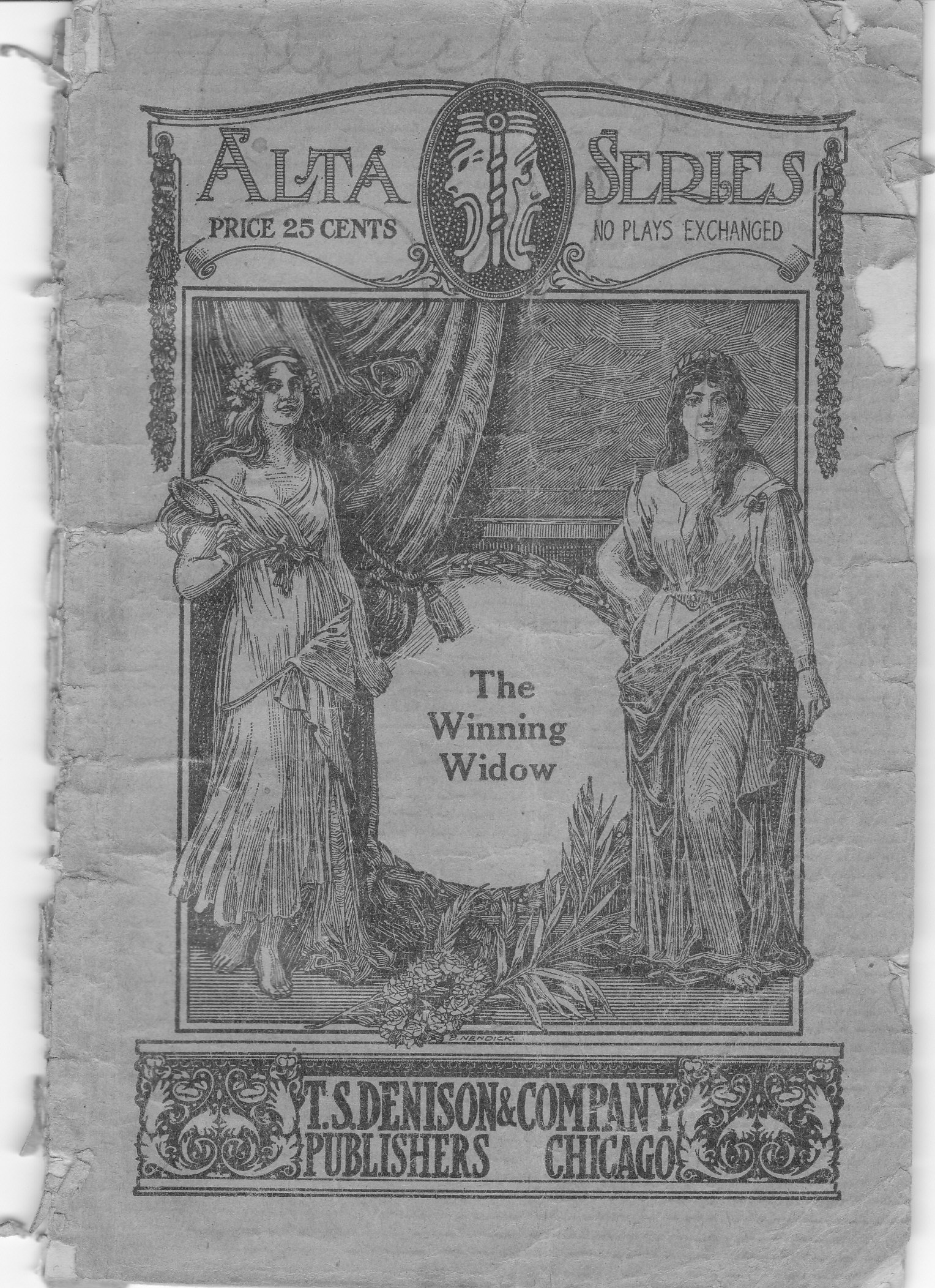

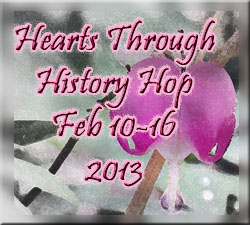
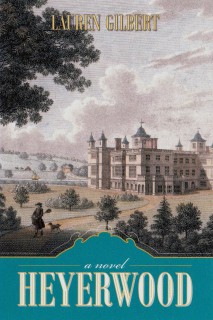
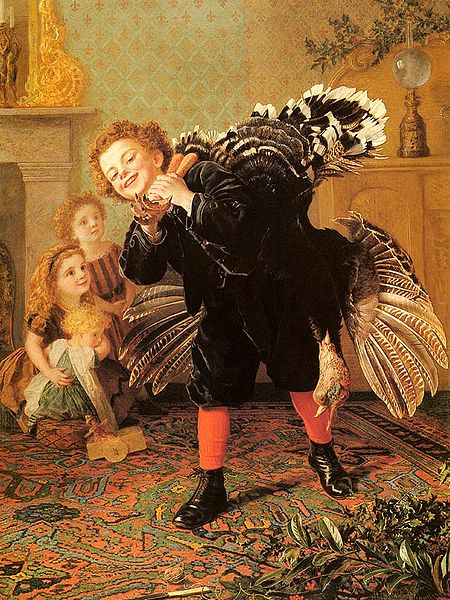


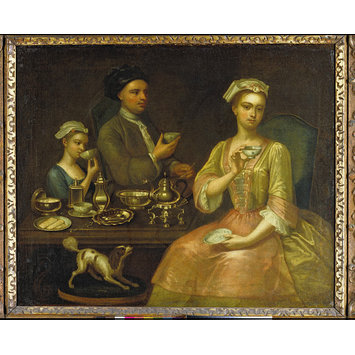

 Fitzwilliam Darcy seems to be the universal favorite romantic hero of Jane Austen’s novels. However, is this really accurate? Other male characters have their devotees and are worthy of our respect, if not our admiration. However, I submit that for sheer, unadulterated romance and derring-do, Colonel Brandon is the man for my money. The heart of a veritable knight of chivalry beat in his chest, willing to undertake any task solely to serve his lady, exhibiting the at least four of the five virtues of a true knight: friendship, generosity, chastity, courtesy, and piety.
Fitzwilliam Darcy seems to be the universal favorite romantic hero of Jane Austen’s novels. However, is this really accurate? Other male characters have their devotees and are worthy of our respect, if not our admiration. However, I submit that for sheer, unadulterated romance and derring-do, Colonel Brandon is the man for my money. The heart of a veritable knight of chivalry beat in his chest, willing to undertake any task solely to serve his lady, exhibiting the at least four of the five virtues of a true knight: friendship, generosity, chastity, courtesy, and piety.